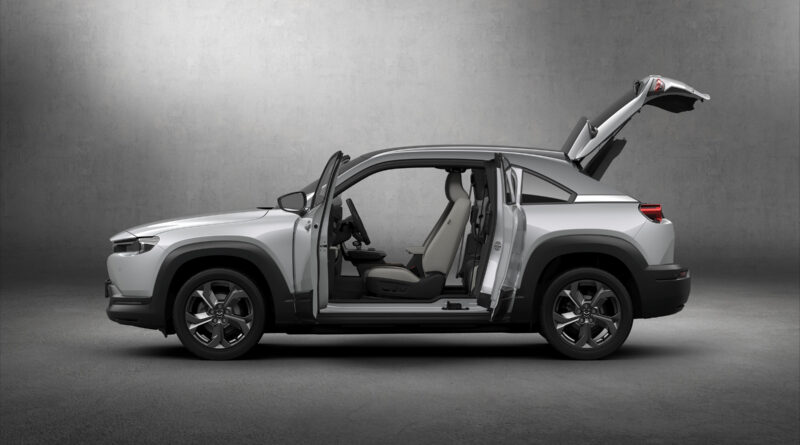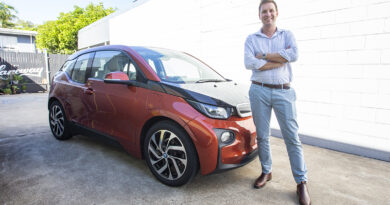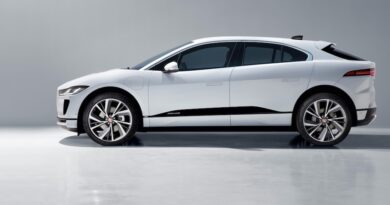Mazda MX-30 EV prototype drive
For many people, the first time they drive an EV will be a shockingly familiar experience. The term “car-like” is bandied about far too often by motoring journalists in their review (an EV would hardly be camel-like, would it?), but what it seeks to imply is just how normal the way an electric vehicle goes, stops, turns and makes you feel is. Aside from all the silence.
The fact is, however, that the earliest ones could be a bit weird, at least in one way. Many early EVs had truly weird brakes. This was because they were designed to provide regenerative braking – using the brake force to recoup energy for the batteries – and, initially at least, this made the pedal feel like it was being pushed, with some difficulty, through steel wool.
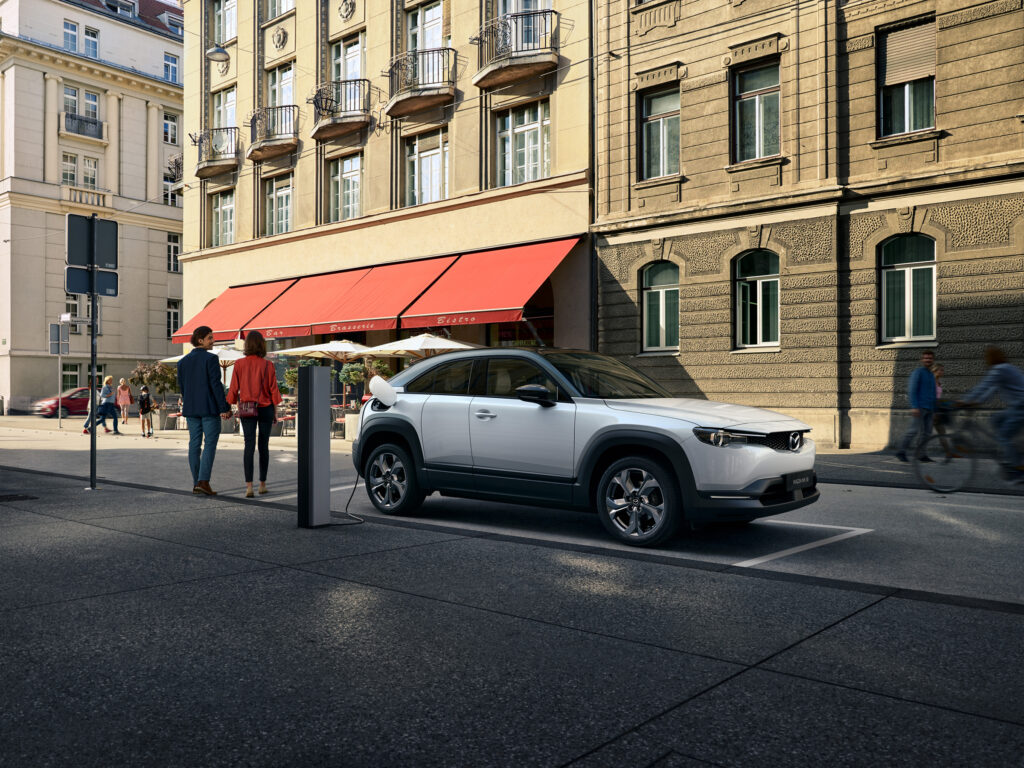
That problem gradually disappeared, but there was still a weirdness in many EVs in the way that you used the brakes, or rather barely used them at all. It is still the case in most modern electric vehicles that when you take your foot off the throttle, the engine-braking effect is so severe that the car slows itself immediately, without you having to touch the stop pedal at all.
This is, of course, good news in terms of brake-pad life, but it’s undeniably weird and takes a bit of getting used to (you can also sometimes adjust how severe the engine-braking effect is). Some people love it, some don’t, and the engineers at Mazda, apparently, think it’s a stupid idea and should be banished, as is obvious when you drive the company’s first EV, the MX-30.
Well, officially, no one has driven an actual Mazda MX-30, but we were lucky enough to fly to Oslo – the epicentre of EVs on this planet – to drive a prototype, before the final version of the car was unveiled at the Tokyo Motor Show.
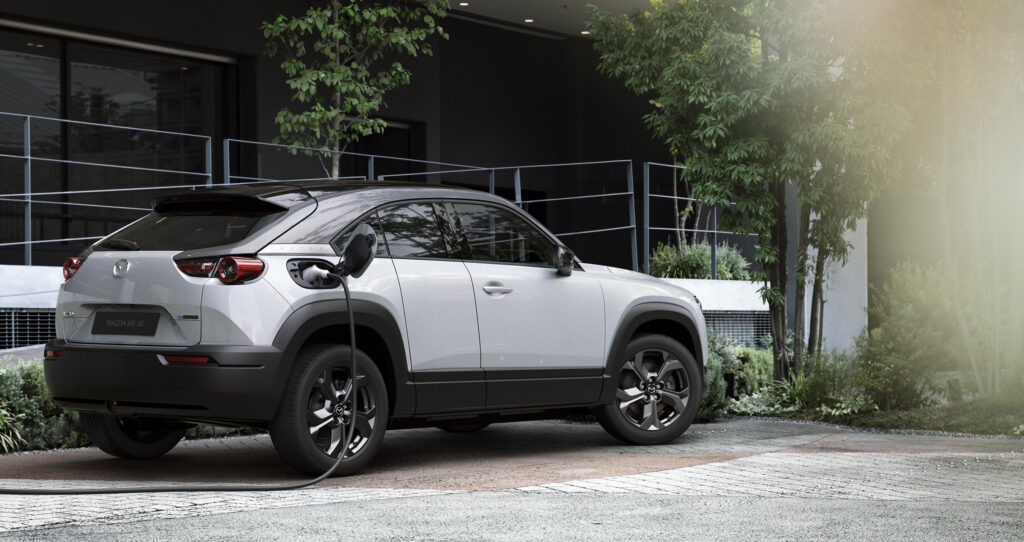
Human-centric
Mazda has clearly and typically put a lot of time and thought into its first EV and at the press event, before we were allowed in the Technology Prove-out Vehicle, which looked like a CX-30 but sounded like a whisper, there was much discussion of the car’s philosophy.
It is, as is so often the case, “human-centric” in its design, which makes far more sense than optimising it for any dogs that might sit in the back. It will also be built to provide “driving joy” and even “jubilant moments in life through car ownership”, which also sounds very grand.
More specifically, the goal was for this EV to instantly feel like a tool – a familiar hammer was one example given – you’ve been using for years. Buyers want consistency and familiarity from their Mazda-owning experience, and the company believes that shouldn’t change, just because this one is an EV.
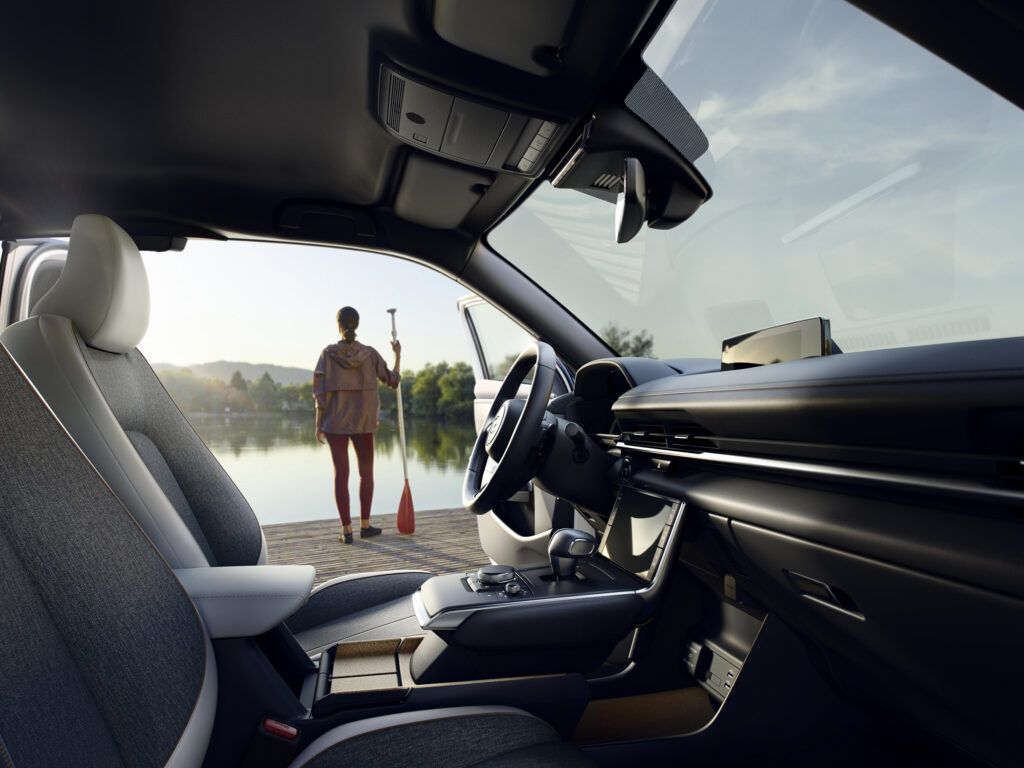
What that has meant is that Mazda have decided its MX-30 should communicate what it is doing to your body in a familiar fashion. The company’s engineers, who are very serious thinkers in my experience, believe that humans are accustomed to being able to brace themselves against the brake pedal when decelerating.
If a car is pulling up, suddenly, without the driver needing to apply brake force, their body slips forward in the seat in a disconcerting fashion. Regenerative braking weirds people out, basically, and Mazda doesn’t approve. It’s just not “Jinba ittai” (a Mazda phrase meaning “horse and rider as one”) enough for their liking.
Sure enough, when we drove the prototype it was immediately obvious how little it felt like an EV to drive in terms of the regen/engine-braking effect. It was, you might say, more car-like.
In practice, this did indeed make it feel more like a typical Mazda to drive, more instantly familiar, and being able to just give a quick dab on the brakes approaching a corner was a lot of fun, and not something you often get to do in an electric vehicle.
Overall, the MX-30 prototype felt fun to punt through the winding roads around Norway’s beautiful lakes and verdant fields, and that sense of familiarity also gave it a real point of difference compared to its EV competitors. While not as thrilling as a Tesla, the vehicle – boasting a 35.5kWh battery, providing 105kW and 265Nm – felt fast enough, rather then genuinely fast. But it is a small city SUV, with no sports-car pretensions.
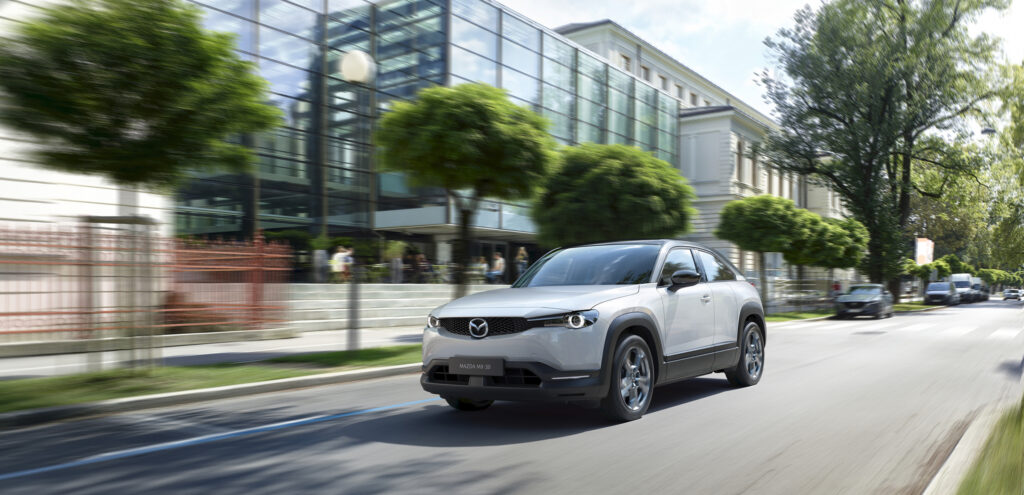
In handling terms, however, it is particularly taut, as the MX-30 will boast a “multi-directional ring structure”, unique to Mazda’s new EV platform, that reduces body flex or movement.
It did seem strange to hear that the engineers are discussing whether to provide people with the option to have a more typical regen set-up, if buyers prefer it, but there’s no clarity yet on whether that will happen with the final production vehicle. I guess there’s no harm in having the option, if people want it.
Make some noise
The most commented on feature of all EVs is, of course, the sense of quietude one gets when removing the internal-combustion engine, although again, this is something that makes some buyers uncomfortable.
Mazda is aware of this as well, and believes that many buyers appreciate being able to perceive the speed their car is doing, or the way it is accelerating, using their ears.
As such, the MX-30 will feature a fake-sound generator that pumps straining, accelerating and decelerating sounds through the car’s speakers. It doesn’t sound like an old-school engine, of course, and it’s not loud at all – why would you waste that calming side of EV driving – but what it does do is use “changes in peak frequencies” to provide a sense of speed. As they put it: “it gives you the perception of torque by using the sound, without relying on volume”.
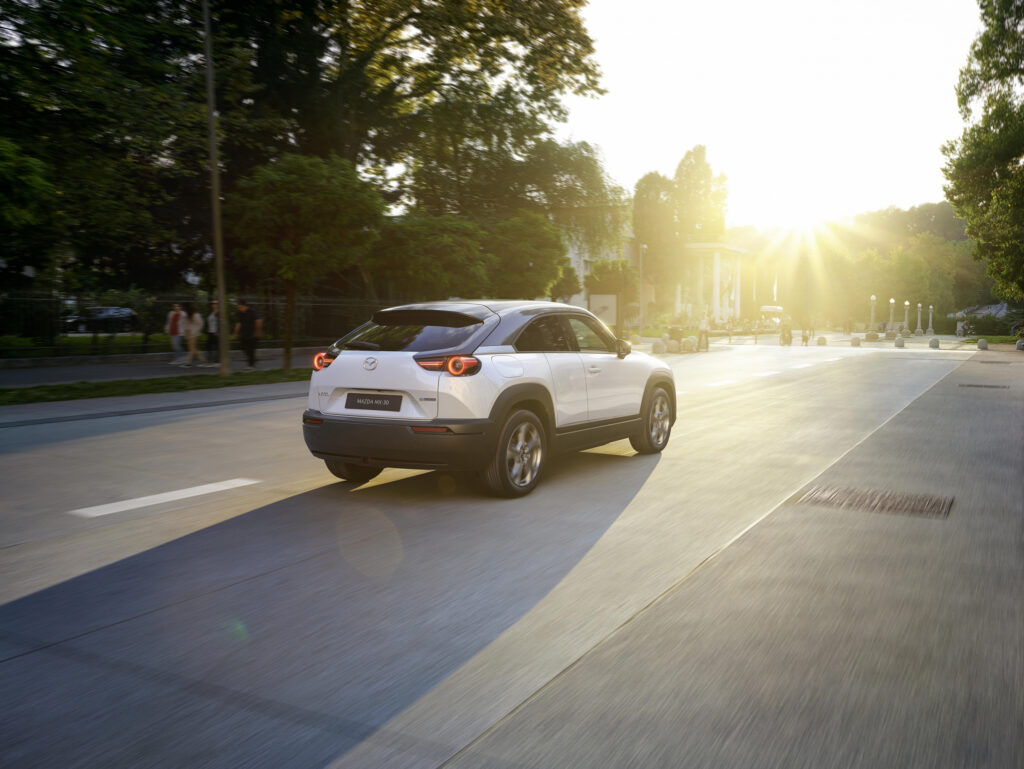
It’s all a bit sci-fi, as you might expect, and is only barely perceptible some of the time. Being a bit old school, I’d like to be able too turn the noise up, but there’s no question it works. Choosing the final sounds that the MX-30 will make is probably still an ongoing mission, because, as one of the engineers in charge, Daisuke Umetsu, explained to us, it’s hard to please everyone. “Young people want these kind of modern, space-ship sounds, while older people want it to sound like an old engine does,” he says.

